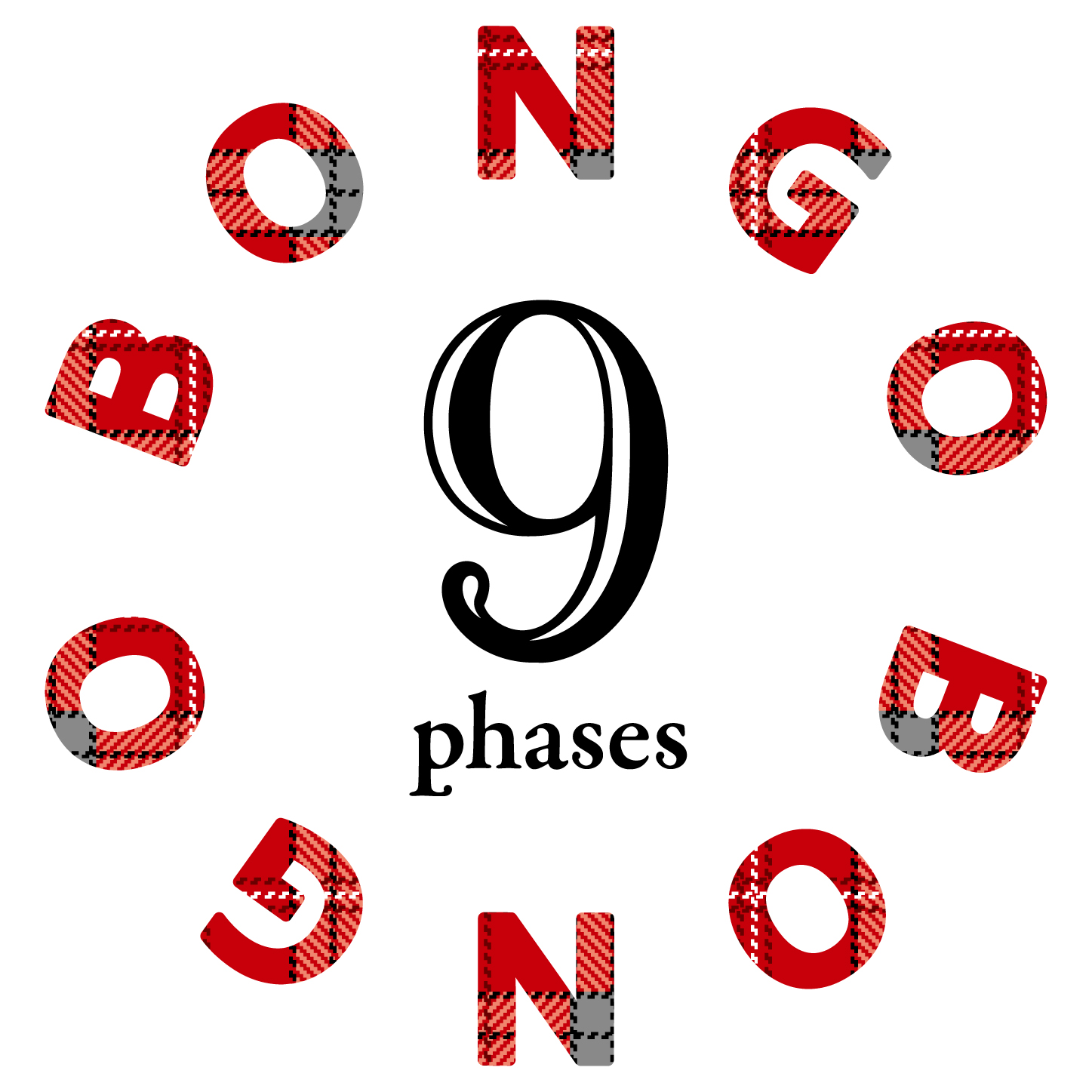ウィリアム・フォーサイス
1949年、ブルックリン生まれ。若いころから踊りや振付に興味を持ち、周囲の期待に反してその道を志したという。彼自身の評価によれば、高校時代に制作したミュージカル風の作品が好評で、この道に進む決意を固めたとのことです。
また、この時期から単にダンスを踊るだけでなく、ダンスをトータルアートとして考えていたそうです。しかし、当時はポストモダンダンスの時代で、ダンス自体を問うメタダンスが流行していました。ニューヨークのダウンタウンで何か活動していたことは知られていましたが、彼はあまり関心を持たず(今でもトリシャ・ブラウンには敬意を表しています)、むしろジョフリー・バレエ団のバレエ学校でダンステクニックを磨きました。1973年にシュツットガルト・バレエ団のオーディションに合格し、奨学金を得てドイツへ渡ります。しかし、ジョン・クランコが機上で心臓麻痺で亡くなったため、彼から直接学ぶことはありませんでした。むしろグレン・テトリーから作品制作の重要性を学びました。
1973年はダンス史上重要な年で、ドイツ表現主義舞踊の巨匠マリー・ヴィグマンとジョン・クランコが亡くなり、無名だったピナ・バウシュがヴッパタール劇場の芸術監督に、イルジ・キリアンが26歳でネーデルランド・ダンス・シアターの実質的な芸術監督に就任するなど、ダンス界に大きな変革が起こった年でした。
フォーサイスはダンサーとしても優れていたとシュツットガルトの仲間たちは言いますが、何よりもクリエイターとして別格だったようです。当時の作品『ガリレオ・ガリレオ』や『タイム・サイクル』は高く評価され、ピナ・バウシュのタンツテアター風の作品『あわれ、彼女は娼婦だった』も手掛け、その作品の幅広さと深さが認められました。1976年からはカンパニーの専属振付家となり、1984年にフランクフルト・バレエ団の芸術監督に就任しました。その年に制作した『アーティファクト』はバレエ史上の傑作の一つとされています。
彼の作品が世間に評価され始めたのは「ハード・バランシン」というスタイルがポイントでした。『イン・ザ・ミドル』は今も世界のバレエ団のレパートリーであり、タイトなレオタード衣装とエッジの効いた激しい動きが特徴です。この作品傾向が彼を有名にしました。
フランクフルト市からの莫大な予算を使って、次々と革新的な作品を発表し、choreographic objectsと呼ばれる身体を大胆に使ったパフォーマンスアートも展開しました。身体の運動態を示すことで、彼にとっての中心課題が身体の取り扱い方であることが明らかになりました。
1994年、就任10周年を記念してZKMと共同制作した『インプロヴィゼーション・テクノロジーズ』は、メディアツールとのコラボレーションとしても画期的でした。フォーサイス自身はCD-ROMと音盤のCDを間違えて入れると冗談を言っていましたが、当時のMacを持ち歩いてこのソフトを嬉しそうに公開していました。日本では1995年に新宿パークタワー・ホールのオープニング企画として公開レクチャーと展示が行われました。
フランクフルト市との蜜月時代が終わり、予算削減によりフランクフルト・バレエ団は解散し、2005年に自らのバレエ団、ザ・ウィリアム・フォーサイス・カンパニーを設立しました。少人数のカンパニーはフットワークが軽く、彼の革新的なアイデアを具体化した作品を次々と発表しています。
彼の活動の詳細は、http://www.williamforsythe.de/ に掲載されています。フォーサイスはバレエの動きを脱構築し、身体の動きに対する果敢な関心を具体化し、メディア技術を駆使して表現することで、表現の新たな可能性を追求しています。私たちはその成果を楽しみに待ち、期待に裏切られることはありません。
文責:松澤慶信
William Forsythe
Born in Brooklyn in 1949, William Forsythe had a passion for dancing and choreography from a young age, defying societal expectations by pursuing a career in the arts. According to him, a musical-style piece he created in high school received positive feedback, solidifying his decision to follow this path.
From that time, he considered dance not just as a performance but as a form of total art. However, this was the era of postmodern dance, where meta-dance questioning the nature of dance itself was popular. While it was known that he was involved in activities in downtown New York, he focused more on honing his dance technique at the Joffrey Ballet School. In 1973, he auditioned for the Stuttgart Ballet, received a scholarship, and decided to go to Germany. Unfortunately, John Cranko passed away from a heart attack on a flight, so Forsythe never had the chance to learn from him directly. Instead, he learned the importance of creating works from Glen Tetley.
The year 1973 was a pivotal one in dance history, with the deaths of expressionist dance legend Mary Wigman and John Cranko. It was also the year when the relatively unknown Pina Bausch became the artistic director of the Wuppertal Theater, and Jiří Kylián, at the age of 26, became the de facto artistic director of the Nederlands Dans Theater, marking a transformative period in the dance world.
Forsythe’s colleagues in Stuttgart say he was an exceptional dancer, but more importantly, he was a standout creator. His works from that time, such as “Galileo Galileo” and “Time Cycle,” were highly regarded. He also created a Tanztheater-style piece reminiscent of Pina Bausch’s works, “Ah, She Was A Whore,” showcasing the breadth and depth of his choreography. In 1976, he became the company’s resident choreographer, and in 1984, he was appointed artistic director of the Frankfurt Ballet. His piece “Artifact,” created that same year, is considered one of the masterpieces in ballet history.
His works began to gain recognition for their “hard Balanchine” style. “In the Middle, Somewhat Elevated” remains in the repertoires of ballet companies worldwide, characterized by its tight leotard costumes and sharp, intense movements. This style brought him fame.
With a substantial budget from the city of Frankfurt, Forsythe produced a series of innovative works and expanded into performance art with what he called choreographic objects, using the body boldly in performances. This period made it clear that the central theme for him was how to handle the body.
In 1994, to commemorate his 10th anniversary as artistic director, he co-produced “Improvisation Technologies” with ZKM, a groundbreaking collaboration with media tools. Although Forsythe joked about mixing up CD-ROMs with audio CDs, he was excited to showcase this software on the then-new Mac. In Japan, this software was prominently featured in a public lecture and exhibition at the opening of the Shinjuku Park Tower Hall in 1995.
After the end of his honeymoon period with the city of Frankfurt and facing budget cuts, Forsythe dissolved the Frankfurt Ballet and established The Forsythe Company in 2005. The smaller company allowed for greater agility, and he continued to release works that embodied his innovative ideas. Beyond choreography, he has increasingly presented his ideas through exhibitions and installations, pushing the boundaries of performance art.
Details of his activities can be found at http://www.williamforsythe.de/. Forsythe deconstructs ballet movements, concretizes his bold interest in the body’s movement, and utilizes media technology to explore new possibilities of expression. We eagerly anticipate his next creations, knowing that we will not be disappointed.
Written by: Yoshinobu Matsuzawa

